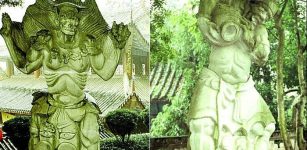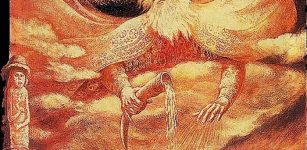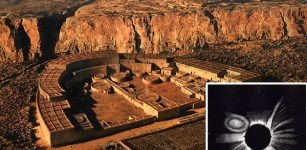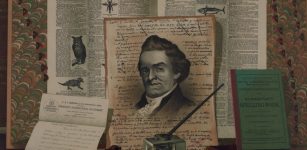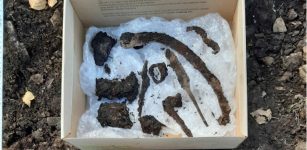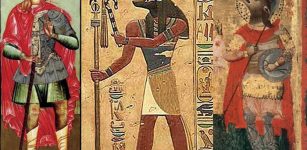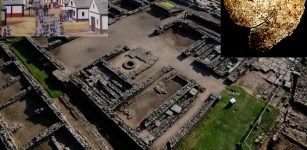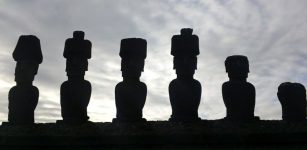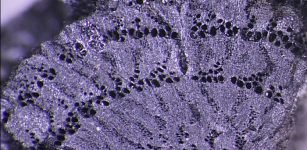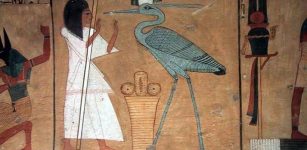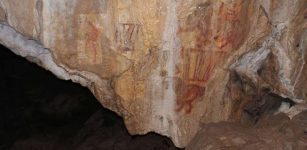Secret Writing On Mummy Papyrus Revealed – Scan Technique Will Shed Light On Daily Life In Ancient Egypt
AncientPages.com - What secret messages and information could have been written thousands of years ago on scraps of ancient Egyptian papyrus?
Hieroglyphics found on the walls of the tombs of the Pharaohs show how the rich and powerful wanted to be portrayed, but texts written on mummy papyrus may tell a completely different story.
Light of different frequencies can bring out writing that is obscured by the paste and plaster that holds mummy cases together. Credit: BBC
Scientists can now unravel some more secrets of ancient Egypt with help of a new scan technique that allows researchers to discovered what is written on the papyrus that mummy cases are made from. They are made from scraps of papyrus which were used by ancient Egyptians for shopping lists or tax returns.
Writing on these more than 2,000-year-old scraps of papyrus is often obscured by the paste and plaster that holds the mummy cases together.
By scanning mummy papyrus with different kinds of light which makes the inks glow, it’s possible to detect what is written underneath. This kind of technology gives Egyptologists access to the real story of Ancient Egypt, according to Prof Adam Gibson of University College London, who led the project.
Secret writing on papyrus can give us valuable information about life in ancient Egypt. Credit: Natgeo
"Because the waste papyrus was used to make prestige objects, they have been preserved for 2,000 years," he said.
"And so these masks constitute one of the best libraries we have of waste papyrus that would otherwise have been thrown away so it includes information about these individual people about their everyday lives."
The scan technique has already delivered some interesting results. It was tested on a mummy case kept at a museum at Chiddingstone castle in Kent. The scan revealed a name - "Irethorru" - a common name in Egypt, the David or Stephen of its time, which meant: "the eye of Horus is against my enemies".
This technology is very valuable because it saves ancient objects from being destroyed, which was the only way to find out what was written on them. Destroying ancient artifacts feels wrong, but on the other hand scientists would also like learn more about the past.
Thanks to this scanning technique historians can read what is on the papyrus without damaging it. According to Dr Kathryn Piquette, of University College London, Egyptologists such as her now have the best of both worlds.
"I'm really horrified when we see these precious objects being destroyed to get to the text. It's a crime. They are finite resources and we now have a technology to both preserve those beautiful objects and also look inside them to understand the way Egyptians lived through their documentary evidence - and the things they wrote down and the things that were important to them."
AncientPages.com
Expand for references


